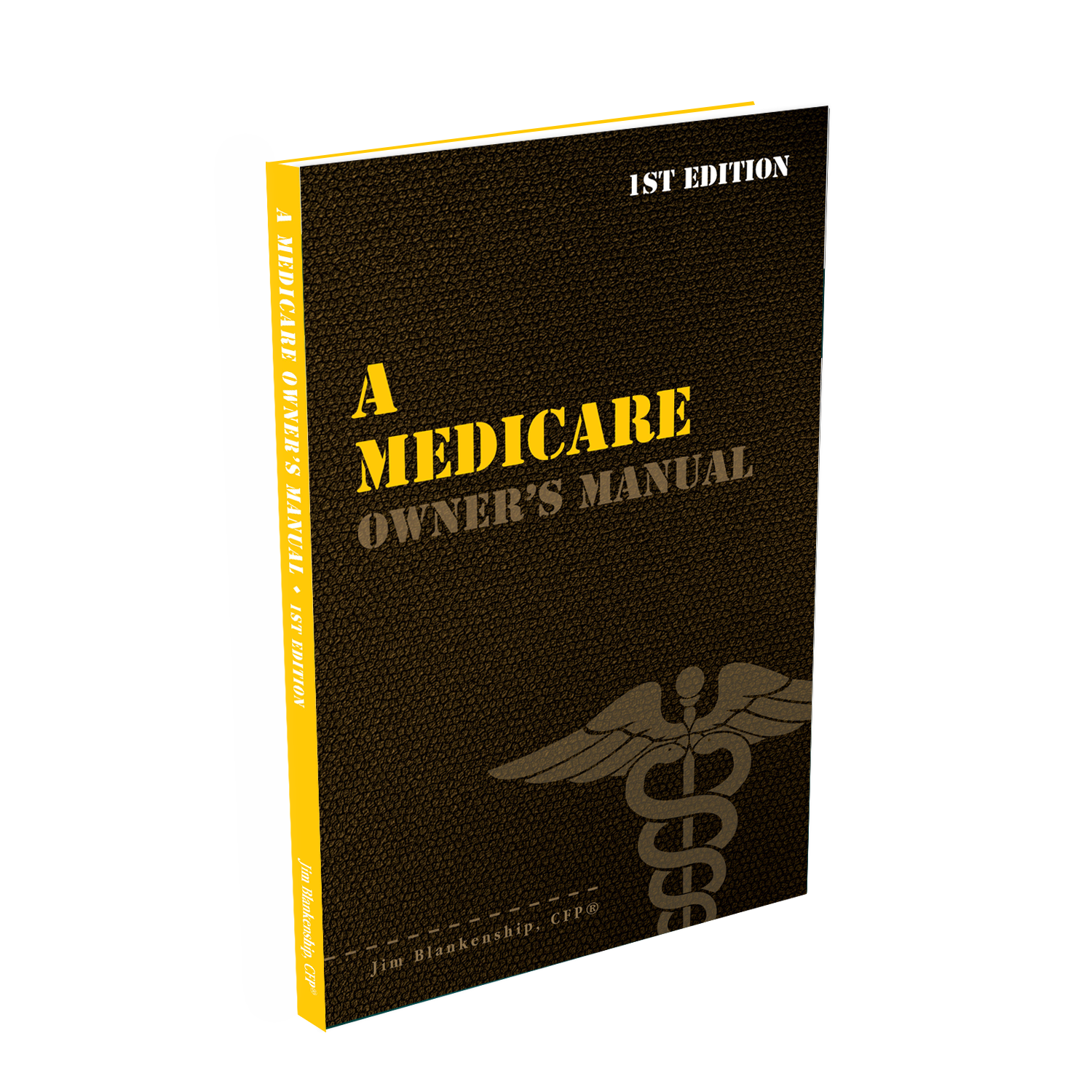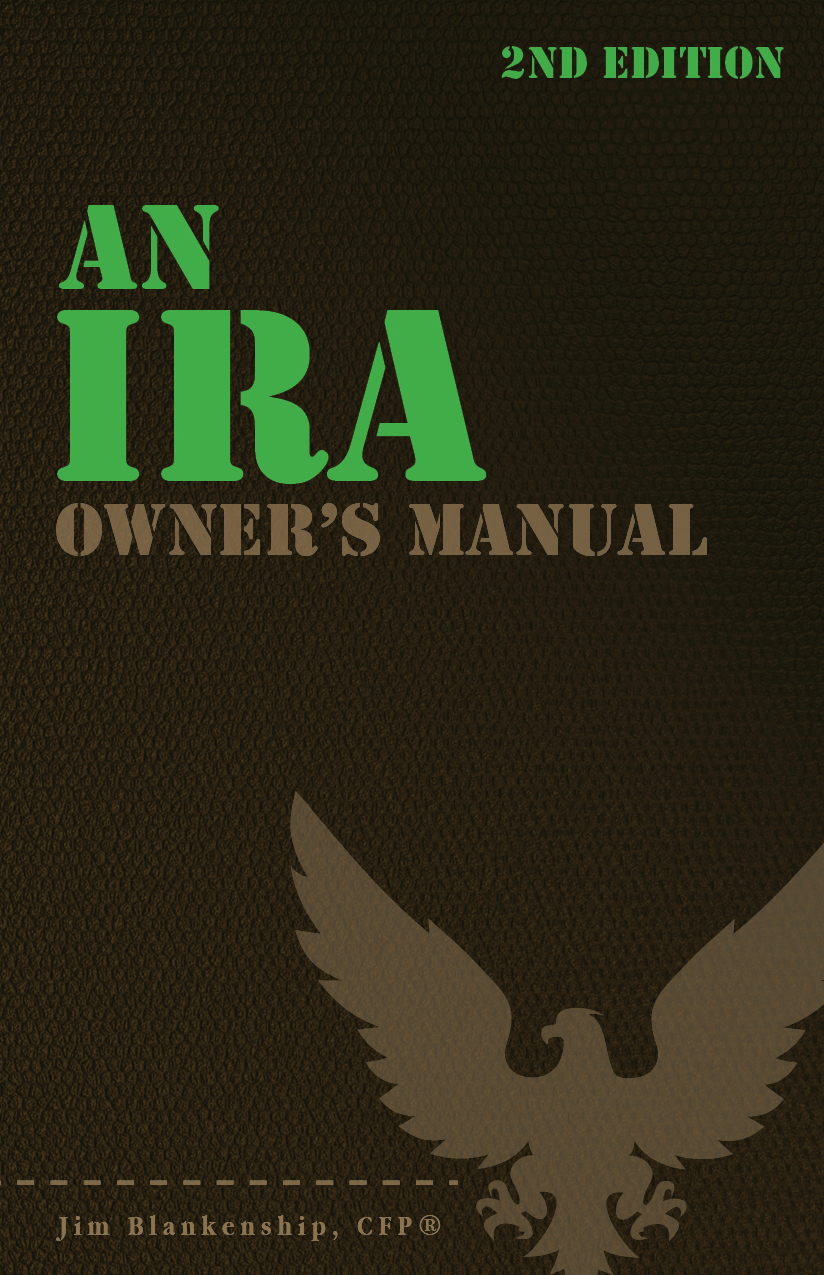
Photo courtesy of Andrew Ruiz on unsplash.com.
When you file your W4 form with a new employer, this instructs the employer how much tax to withhold from your pay, based on a full year’s pay rate. There is a strategy you can employ that will reduce the amount of tax withheld from your pay – known as the part year withholding method. This method of tax withholding calculation takes into account that you are only working and earning for a part of the year, so your overall income will be less, and there would be less tax required.
If you start working in the middle of the year (or worse, late in the year) the normal rate of withholding would result in significant over-payment of tax withheld. The standard tables used to calculate withholding make the assumption on each pay that you are earning at this rate over the entire period.
For example, if you earn $500 in a week, the assumption is made that you’ll earn roughly that amount over the entire year, or $26,000 ($500 x 52 weeks). Based upon how you fill out your W4, a certain amount of tax will be withheld – assuming you’ve filled out the W4 as Single and zero dependents, from your $500, $27.60 would be withheld for federal income tax. (Note, this doesn’t include Social Security and Medicare tax, this is only federal income tax withholding.)
However, if you are starting the job in the middle of the year and you didn’t have income for the first part of the year (or very little income by comparison), you can request that your employer utilize the part-year method. This way, your total income assumed for the year is closer to reality when the withholding is calculated.
From our example above, if you started the job on July 1 (and you didn’t have a job before), your total earnings for the year at $500 per week works out to $13,000. The “normal” withholding would result in a significant overpayment of tax for the year – your expected tax would only be about $286, instead of over $1,900 if your income was $26,000. So if your employer uses the part-year method of calculating withholding, you’d only have half as much tax withheld from each pay ($13.80 per pay, or a total of $358.80). Adjusting your claimed allowances could reduce this withholding even further, since the expectation is that your tax would be about $70 less than your withholding.


 Sterling Raskie, MSFS, CFP®, ChFC®
Sterling Raskie, MSFS, CFP®, ChFC® The latest in our Owner’s Manual series, A 401(k) Owner’s Manual, was published in January 2020 and is available on
The latest in our Owner’s Manual series, A 401(k) Owner’s Manual, was published in January 2020 and is available on  A Medicare Owner’s Manual, is updated with 2020 facts and figures. This manual is available on
A Medicare Owner’s Manual, is updated with 2020 facts and figures. This manual is available on  Social Security for the Suddenly Single can be found on Amazon at
Social Security for the Suddenly Single can be found on Amazon at  Sterling’s first book, Lose Weight Save Money, can be
Sterling’s first book, Lose Weight Save Money, can be  An IRA Owner’s Manual, 2nd Edition is available for purchase on Amazon. Click the link to choose the
An IRA Owner’s Manual, 2nd Edition is available for purchase on Amazon. Click the link to choose the  Jim’s book – A Social Security Owner’s Manual, is now available on Amazon. Click this link for the
Jim’s book – A Social Security Owner’s Manual, is now available on Amazon. Click this link for the  And if you’ve come here to learn about queuing waterfowl, I apologize for the confusion. You may want to discuss your question with Lester, my loyal watchduck and self-proclaimed “advisor’s advisor”.
And if you’ve come here to learn about queuing waterfowl, I apologize for the confusion. You may want to discuss your question with Lester, my loyal watchduck and self-proclaimed “advisor’s advisor”.
It is one thing for the employee to request the part year method. But exactly HOW does the employer calculate this? I cannot find anything on the IRS site that gives employer insructions.
Good point! Here’s what I have found: http://www.xperthr.com/how-to/how-to-withhold-using-the-part-year-employment-method/5516/
The article at the link includes an example to help you through the process.
Is the part year method requires a different IW4 form?